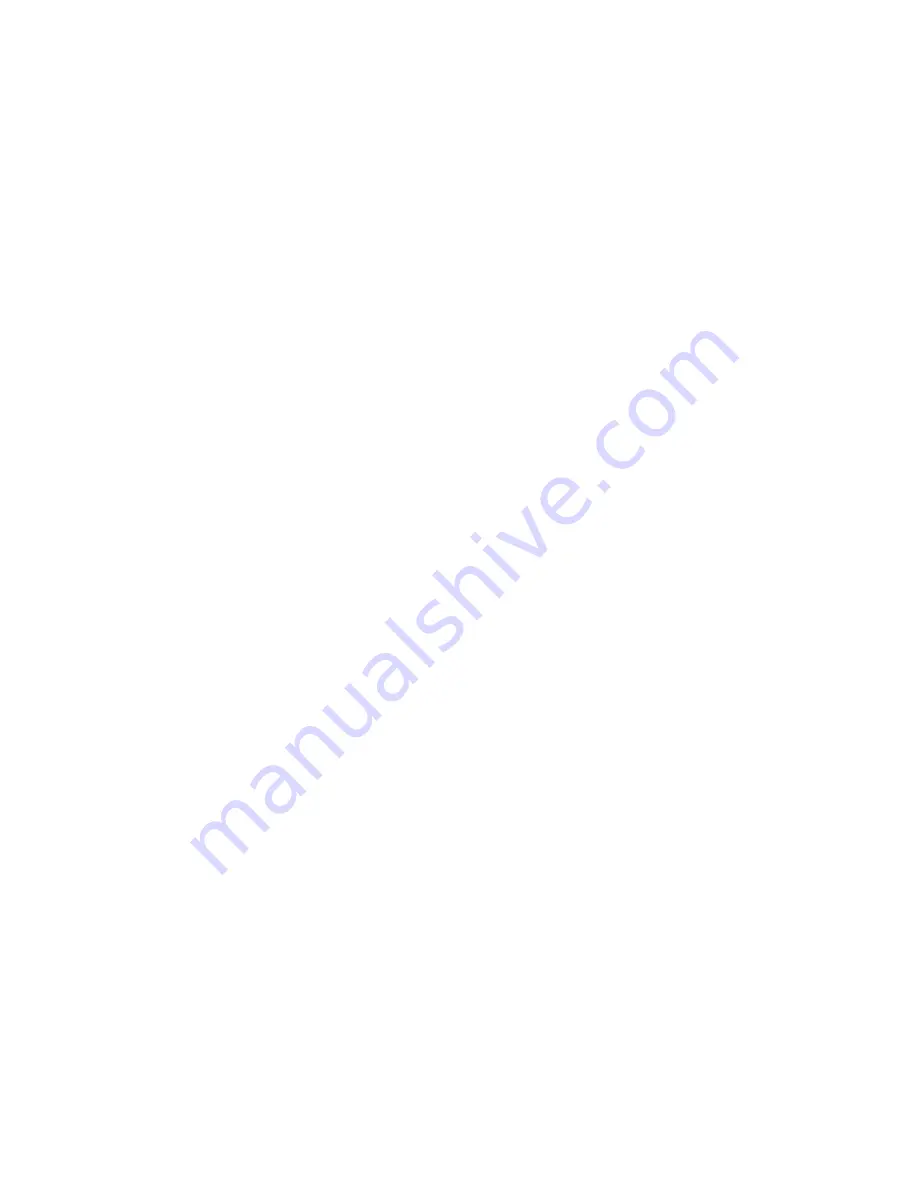
Part 5 Character Attributes and
Text Effects
The operations in this part of the manual explain how to change fonts and character styles. These characteristics are called ”character attributes”. It also tells you
how to assign such text effects as underlining, shading, and box printing to text.
Important!
•
Character attributes you specify affect printed text only. The characters on the display do not change.
•
Remember that character attributes are assigned to specific characters. Whenever you replace a character with another one, the new character also picks up the
attributes of the original character.
•
Text effects are applied to both displayed text and printed text.
Fonts
This label printer gives you a choice of 10 different fonts. See page E-25 for examples of each type of font.
The following sections describe how to change the default font setting (the font that is automatically used whenever you input text), how to change the font for
displayed text, and how you can find out what the font setting is for text on the display.
Important!
•
Note that you cannot make font changes for illustrations.
•
Note that non-English characters (Ç, ß, Á, etc.) can be used with the sans-serif, sans-serif italic, roman, roman italic and bold script fonts only.
To change the default font setting
1. Press
FUNC
and then
FORM
(SET UP) to display the SET UP menu.
2. Highlight ”DEFAULT FONT” and then press
SET
.
3. Use
u
and
i
to highlight the font you want to set as the default and then press
SET
.
•
Be sure to perform the following procedures after changing the default font setting. Note that changes in the default font will not be recognized until the following
procedure is performed.
4. Press
FUNC
and then
BS
.
5. Select
ALL
to clear all text from the display.
6. Turn off power, and then restart the Label Printer.
•
Note that the default setting remains in effect until you change it, even when power is turned off.
To change the font for displayed text
1. While there is text on the display, press
FONT
.
2. Use
u
and
i
to highlight the font you want to change to and then press
SET
.
•
What you should do next depends on the range you want to use.
To change the font for all the text
1. After performing the two steps under ”To change the font for displayed text”, use
u
and
i
to highlight ”ALL” and then press
SET
.
2. Press
SET
to change the font for all the text on the display.
•
At this point, the label printer returns to the text input screen.
•
Pressing
ESC
returns to the RANGE menu without changing anything.
To change the font for blocks of text
1. After performing the two steps under ”To change the font for displayed text”, use
u
and
i
to highlight ”BLOCK” and then press
SET
.
•
See page E-16 for details about how to use blocks.
2. Move the cursor to the start block from which you want to change the font and then press
SET
to register your selection.
3. Move the cursor to the end block up to which you want to change the font and then press
SET
to register your selection and change the font.
•
At this point, the label printer returns to the text input screen.
To change the font for lines of text
1. After performing the two steps under ”To change the font for displayed text”, use
u
and
i
to highlight ”LINE” and then press
SET
.
2. Move the cursor to the start line from which you want to change the font and then press
SET
to register your selection.
3. Move the cursor to the end line up to which you want to change the font and then press
SET
to register your selection and change the font.
•
At this point, the label printer returns to the text input screen.
To change the font for specific characters
1. After performing the two steps under ”To change the font for displayed text”, use
u
and
i
to highlight ”CHARACTER” and then press
SET
.
2. Move the cursor to the start character from which you want to change the font and then press
SET
to register your selection.
3. Move the cursor to the end character up to which you want to change the font and then press
SET
to register your selection and change the font.
•
At this point, the label printer returns to the text input screen.
















































